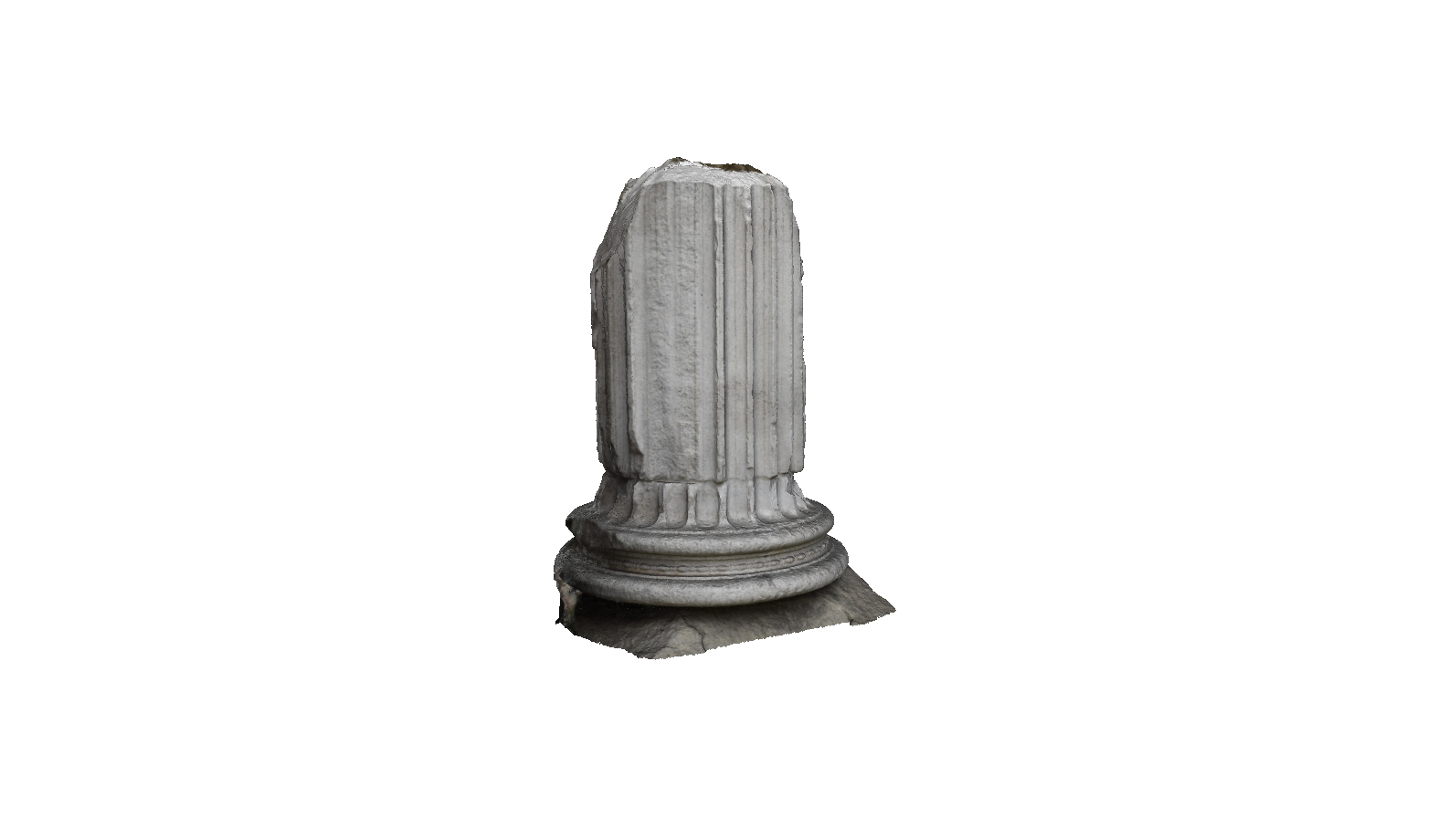Description
Click on the image to go full screen
This fragment of a column was found between 1812 and 1819 during excavations due to renovations of the Pedrocchi Café in the center of Padua. Many similar architectural features have been found in the same area, allowing the recognition of the perimeter of a Roman-period colonnade and a building, maybe the early Christian church of St. Job, although excavation reports from that period do not agree on the reconstructions.
The fragment is composed of a base in Euganean trachyte and a shaft in Aurisina Romana; it is fractured at the top and rather damaged in the column grooves (about 24 in total) and in the base elements. Both the materials and the type of workmanship made it possible to compare this fragment with those found in the same area, all dating to the mid-1st century BCE.
The peculiarity is the relationship that this column was supposed to have with the other fragments: Padua of the Roman era was completely buried under the later eras, and this colonnade is until now one of the very few architectural remains found in situ (in excavation, not accidentally surfaced materials) belonging to the ancient city.

